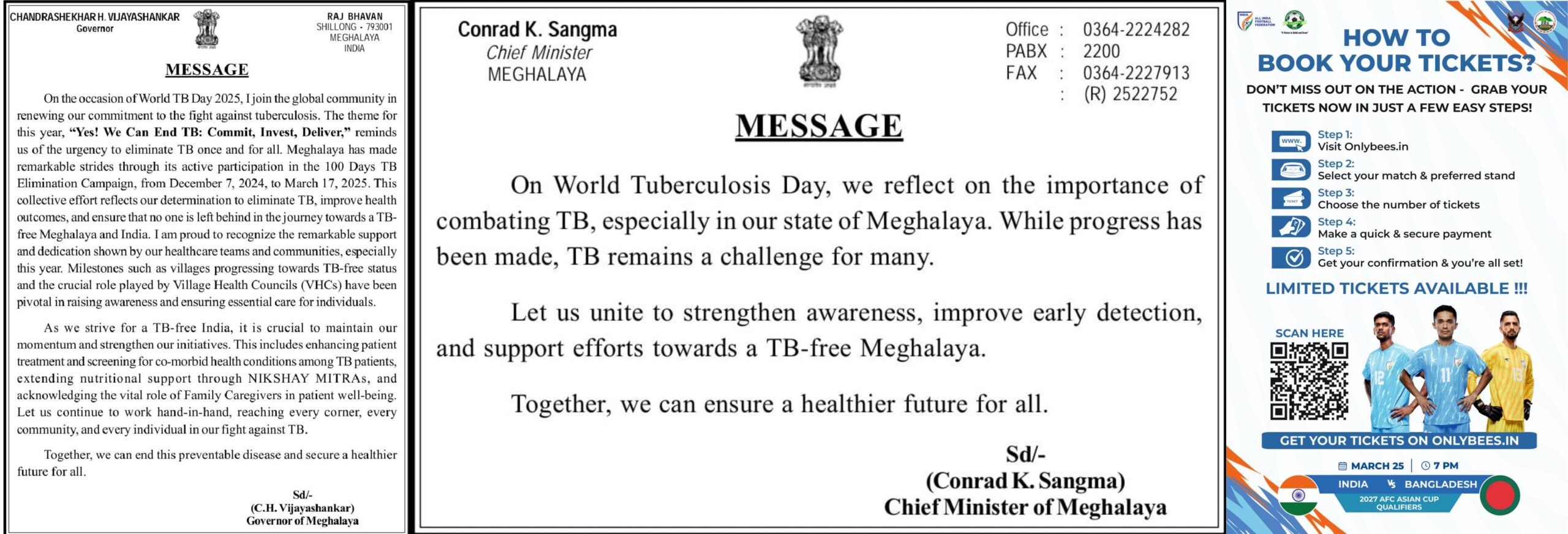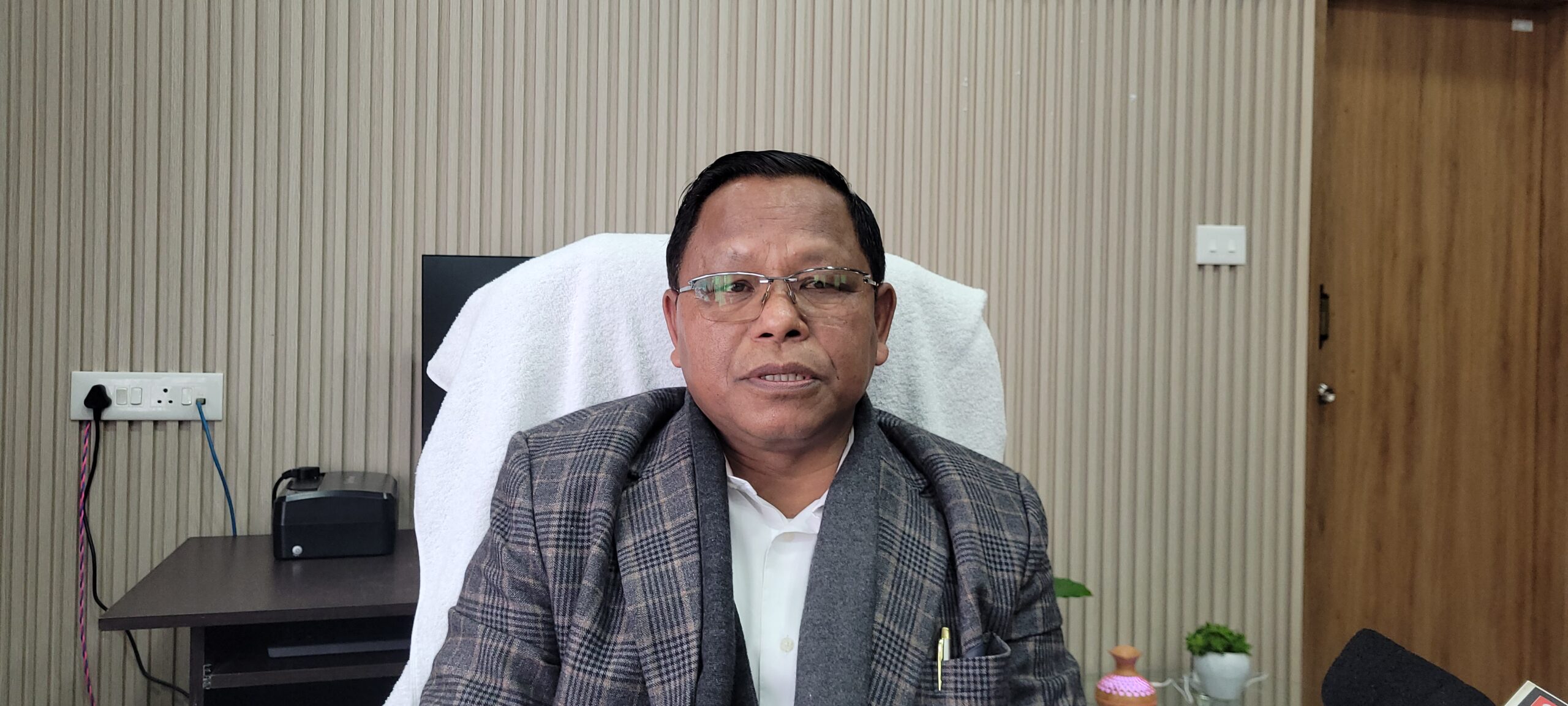Marak informed that the PHE department has identified 741 critical water sources requiring urgent intervention, with corrective actions being undertaken under the guidance of the state’s Climate Council, led by Chief Minister Conrad K Sangma. “There is a slogan already given by the Government of India—catch the rain where it falls. So we are following that principle and trying to rejuvenate our streams and sources,” he said.
Acknowledging the impact of climate change, Marak emphasized that Meghalaya is not alone in facing water scarcity. “Water sources are drying up. The issue is related to climate change. Very recently, on the 18th and 19th of February, we had the second All India Water Ministers’ Conference in Udaipur, and I heard from all the state ministers that this is happening everywhere. It’s an impact of climate change—not only in Meghalaya but across the country and the globe. Yes, we have started taking corrective measures. We will see results in a few years. We have started rejuvenating springs and water sources wherever they are drying up,” he stated.
On whether the drying water sources are affecting major projects like the Jal Jeevan Mission (JJM), Marak admitted, “Definitely, it is being impacted. Most of the JJM projects are affected. If you go and ask in the villages where water isn’t reaching, it’s because the sources are drying up. We are taking all necessary measures, but it will take time.”
Explaining the root causes of depletion, he said, “It’s all because of global warming. Most sources are drying up due to Jhum cultivation and agricultural practices in the uppermost parts of the state.” He added that while Jhum cultivation is primarily practiced in Garo Hills, it is also present in parts of West Khasi Hills.
Despite Meghalaya receiving abundant rainfall, the challenge remains in water retention. “That is why we are following the government’s ‘Catch the Rain Where It Falls’ initiative and focusing on rejuvenating streams and sources,” he reiterated. On promoting water conservation, he said, “We are looking into rainwater harvesting. There are two ways—one is for individual households, and the other is to recharge groundwater. Both approaches are being adopted.”
Reflecting on the recent Udaipur conference, Marak highlighted that Meghalaya’s proposal on spring rejuvenation was well received. “I pointed it out in my speech, and my Commissioner Secretary also gave a presentation. We emphasized that only by rejuvenating spring sources can we ensure the continuous flow of rivers. During the valedictory session, I was informed that our proposal on spring rejuvenation was noted as one of the key takeaways,” he said.


